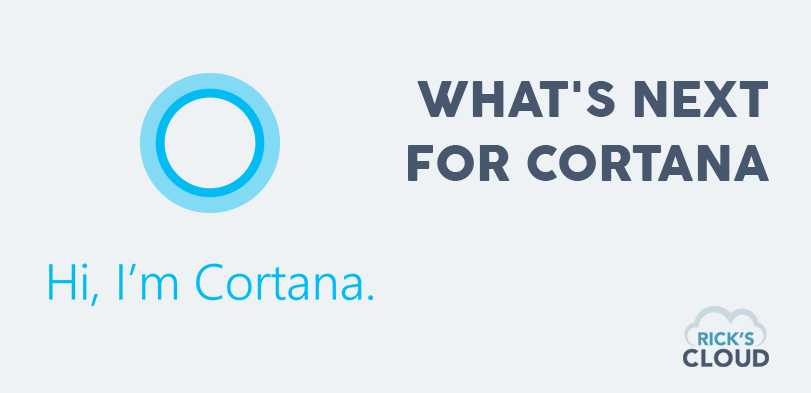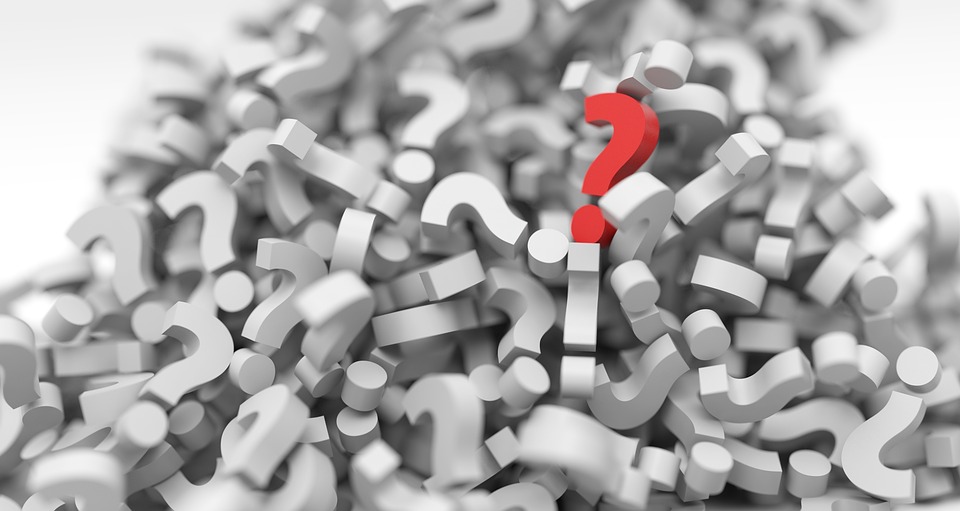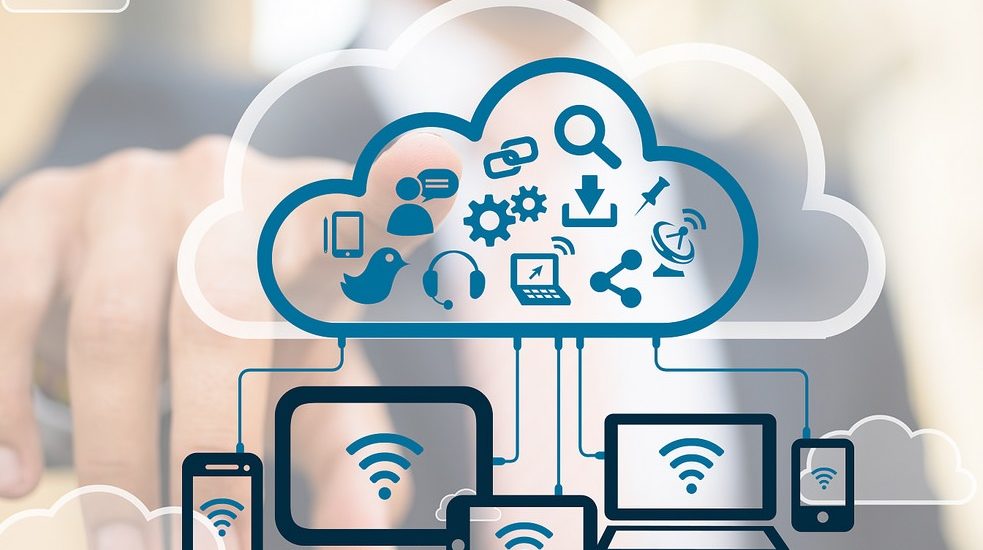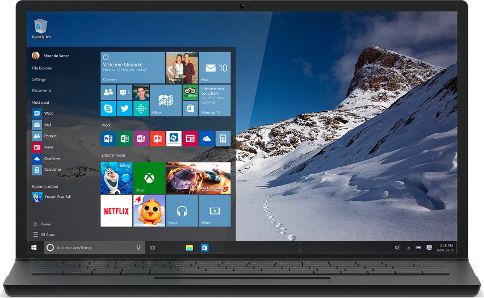
Windows 10 is slowly making way to the enterprises
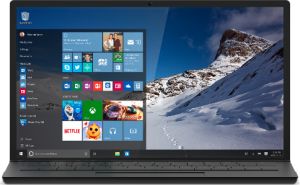 After more than a month since its release, Microsoft revealed that more than 75 million devices are now running Windows 10. That includes more than 90,000 different PC or tablet models – even some devices manufactured as long ago as 2007. These are some big numbers, so let’s see how they stack up compared to previous versions of Windows?
After more than a month since its release, Microsoft revealed that more than 75 million devices are now running Windows 10. That includes more than 90,000 different PC or tablet models – even some devices manufactured as long ago as 2007. These are some big numbers, so let’s see how they stack up compared to previous versions of Windows?
In 201BitLocker encryption 2, Microsoft said it sold 40 million Windows licences in the first month that Windows 8 was on sale, and that is had sold four million upgrade licences in the first three days (licences are slightly different to downloads but the best metric we have). In contrast, in 2009 Microsoft sold 60 million Windows 7 licences in the first two months it was on sale.
Clearly, Windows 10 has the edge on previous versions. However, we need to keep in mind one of the big differences: Windows 10 is a free download available to hundreds of millions of PC owners, so its success should obviously be a lot faster than that of its paid-for predecessors.
Despite all the excitement, installs of Windows 10 are still small compared to Windows 7. While Windows 10 will probably be considered mainstream for consumers by the end of the year, for enterprises it will take a lot longer.
Enterprises need more time to test things, to learn about a new operating system. Often there are other pieces of the infrastructure that need to be upgraded in order to support a new operating system and Windows 10 is no different.
In fact, companies should wait until it’s clear if the line of business applications they use work correctly with Windows 10, and whether they can find enough expertise to make sure any rollout is a smooth one.
Home vs. Professional
One important question you should ask when considering Windows 10 is this: Which version of Windows 10 is the best for me? If you’re upgrading from Windows 7 Home or the basic version of Windows 8, you’ll receive a free upgrade to Windows 10 Home (officially priced at $119). If you own a Surface Pro or a business PC, chances are you’ll upgrade to Windows 10 Professional ($199).
Microsoft’s professional version of Windows 10 differs from the consumer version in many ways, and here are 3 of the most important differences:
- BitLocker encryption – BitLocker encrypts entire storage volumes with your hard drive and a password, with the option to print or save a recovery key to your OneDrive folder in case you forget it
- Remote Access – Remote Access allows you to take control of other PCs, such as those owned by relatives seeking tech support, for example, with the appropriate permissions and passwords
- Hyper-V virtualization – Hyper-V lets you create virtual partitions to test out future builds of Windows 10 (or other software), without the risk of breaking your system.
Regardless of how long it takes for enterprises to make the change, Windows 10 is likely to become widely adopted, especially because most firms will need to move off of Windows 7 eventually, while the relatively few who did move to Windows 8 will also update sooner rather than later. The pressures that forced companies to migrate off Windows XP and onto Windows 7 will eventually make them move from Windows 7 to Windows 10.
I personally believe that by the end of 2016 we’ll start to see Windows 10 showing up in enterprises. It will not be the dominant operating system, but it will be common. So, if you’re planning to sell something into an enterprise by the end of 2016, you’d better be able to support Windows 10.
Photo source: www.microsoft.com



